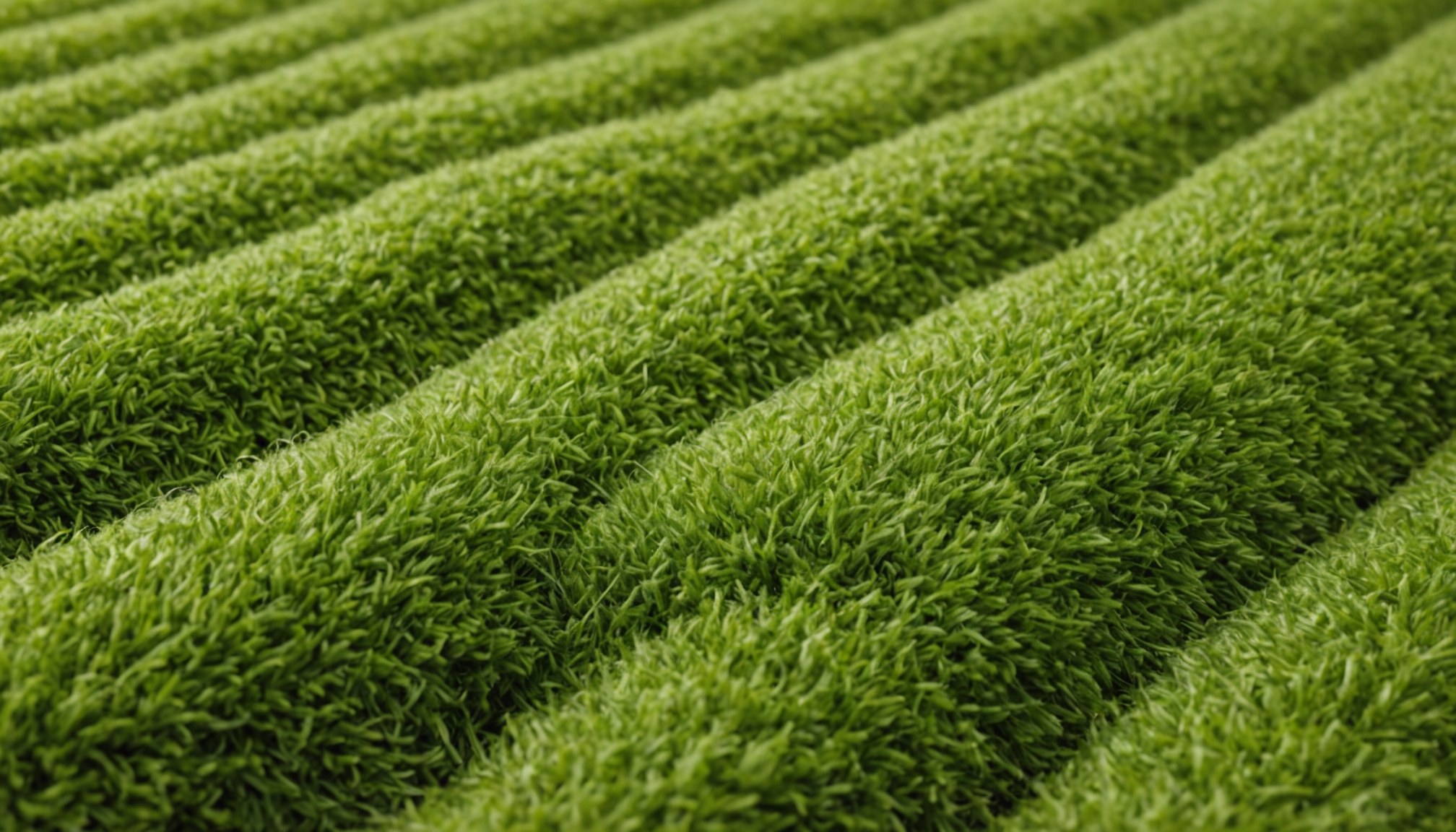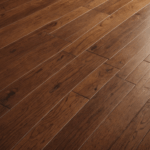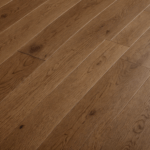When it comes to insulating your yard, selecting the right materials is crucial. The chosen materials will not only affect the efficiency of the insulation but also determine the level of maintenance required and the environmental impact. Investing time in understanding the properties and benefits of different materials can lead to a more energy-efficient and eco-friendly outdoor space.
One of the first decisions you will need to make is between traditional and eco-friendly materials. Traditional materials like fiberglass or foam panels are popular choices due to their high insulating properties, but they can have a higher environmental cost. On the other hand, eco-friendly materials such as recycled cotton or sheep wool offer sustainable alternatives with respectable insulating qualities, although they might require more initial investment.
To help you decide, consider the following comparative table of popular insulating materials:
| Material | Insulation Efficiency | Environmental Impact | Maintenance Requirements |
| Fiberglass | High | Moderate (not eco-friendly) | Low |
| Foam Panels | Very High | High (petrochemical-based) | Low |
| Recycled Cotton | Moderate | Low (uses recycled materials) | Moderate |
| Sheep Wool | Moderate to High | Low (natural, renewable) | Moderate |
The insulation efficiency of a material often determines how capable it is in minimizing heat transfer. It’s particularly important in yards located in areas with extreme weather conditions. Those seeking a better outdoor thermal performance might favor foam panels due to their very high insulation efficiency.
In relation to environmental impact, taking into account the entire lifecycle of the material can provide insights into its sustainability. Eco-friendly materials such as sheep wool can biodegrade naturally and are typically more environmentally responsible choices, thus helping reduce the carbon footprint of your yard’s insulation.
Furthermore, maintenance is a factor worth considering, especially given the outdoor setting. Materials like fiberglass might be appealing due to their low maintenance requirements. However, if sustainability is a top priority, investing in options like recycled cotton can still achieve insulation goals while promoting a greener yard.
Ultimately, the choice of materials should align with the specific needs of your property, your budget, and your environmental goals. By weighing the pros and cons of each option, you can tailor your yard’s insulation strategy to not only combat thermal exchange but also contribute to broader sustainability efforts.
utilizing natural barriers
Utilizing natural barriers in your yard can serve as an effective and eco-friendly approach to enhance insulation. Natural barriers not only provide an aesthetic appeal but also contribute to a more sustainable and energy-efficient environment. Here’s how to incorporate these elements effectively:
1. Planting Trees and Shrubs
– Step 1: Identify the key areas in your yard that require wind protection or sun shading. Typically, the north and west sides of your property are most beneficial for windbreaks.
– Step 2: Select native trees and shrubs, as they are more adapted to your local climate and require less maintenance, fitting perfectly into an eco-friendly approach. Consider options like evergreen trees for year-round protection.
– Step 3: Plant larger trees with enough spacing to accommodate their mature crown width. Position shrubs in layers or staggered rows to create a dense barrier, enhancing their insulative capability.
2. Hedges as Living Fences
– Step 1: Choose dense, fast-growing plant species that can form a thick hedge, such as boxwood or privet, ideal for areas needing immediate insulation.
– Step 2: Design the layout, ensuring the hedges are aligned perpendicular to prevailing wind directions to maximize their wind-breaking effect.
– Step 3: Regularly trim and maintain the hedge, while allowing it to reach the optimal height for protection and privacy.
3. Vining Plants on Structures
– Step 1: Install trellises or pergolas near walls and fences where space allows. These structures provide an excellent foundation for vining plants which add an insulating layer.
– Step 2: Select suitable vining species, like ivy or clematis, which are low-maintenance and adapt well in various climates.
– Step 3: Guide the vines as they grow to cover the structure evenly and prune as necessary to maintain health and density.
4. Utilizing Ground Covers
– Step 1: Opt for ground covers such as clover or thyme in areas where soil insulation is necessary, especially near garden beds or patios.
– Step 2: Plant these covers densely to form a naturally insulating carpet that helps retain soil moisture and prevent erosion.
– Step 3: Regularly check for weed invasion and maintain the coverage area to ensure ongoing insulation benefits.
By strategically using natural barriers like these, you can help insulate your yard efficiently and sustainably. Not only do they provide functional benefits such as energy savings, but they also enhance the biodiversity of your outdoor space, creating a thriving mini-ecosystem right at home.
installing windbreaks
Windbreaks are a powerful tool in reinforcing your yard’s natural defenses against harsh weather conditions. By establishing effective windbreaks, you can significantly reduce the wind speed that reaches your home, minimizing heat loss during winter and reducing cooling loads in the summer. Not only do windbreaks help create a more comfortable microclimate in your yard, but they also offer numerous additional benefits.
Implementing windbreaks begins with choosing the right type of barrier. Temporary or permanent windbreaks can be created using a variety of materials and structures. For a more natural and eco-friendly approach, consider planting rows of trees or shrubs. These natural windbreaks contribute to biodiversity and require minimal maintenance over time once established. The key is to select species that are native to your area, ensuring they are well-suited to the local climate and soil conditions.
Alternatively, for a more immediate solution, you can install artificial windbreaks. These structures can be fashioned from materials like wood, metal, or durable fabrics. Position them strategically to direct winds away from sensitive areas of your yard. Wooden fences or mesh screens are popular choices, as they not only serve as effective windbreaks but also blend aesthetically with various landscaping styles. Moreover, these structures can be painted or stained to match the design of your yard, providing an added layer of customization.
Beyond just blocking the wind, windbreaks have the dual advantage of creating sheltered areas in your yard that can serve multiple functions. For example, they can protect delicate plants from wind damage, create privacy screens, and minimize soil erosion. In addition, they can play a pivotal role in reducing energy consumption associated with HVAC systems by stabilizing outdoor temperatures. This, in turn, can lead to a significant decrease in your home’s energy bills, as the windbreaks help insulate your property by maintaining a more consistent thermal environment.
Finally, it’s essential to properly plan the layout of windbreaks on your property. Consider prevailing wind directions and the specific areas of your yard most exposed to harsh winds. By installing windbreaks perpendicular to these wind flows, you can maximize their efficiency.
By thoughtfully incorporating windbreaks into your yard’s design, not only do you strengthen your property’s defenses against the elements, but you also contribute to a more energy-efficient and environmentally friendly outdoor space.
creating insulated garden beds
Transforming your garden beds into insulated sanctuaries is a clever way to protect your plants from harsh weather fluctuations while promoting a healthy growing environment. Start by selecting the right location for your garden beds, considering both sunlight and drainage. A spot that captures ample sunlight will naturally provide some warmth, crucial for early spring and late autumn plantings.
Constructing insulated garden beds can begin with selecting the right materials for framing. Raised beds are often preferred, as they offer better control over soil conditions and drainage. Wood is a popular choice due to its aesthetic appeal and ease of maintenance, but consider treated wood or naturally rot-resistant varieties like cedar or redwood for a long-lasting, eco-friendly option. Alternatively, recycled plastic lumber can be utilized for its durability and low environmental impact.
The insulation within the garden beds is equally important. Start by lining the bottom with a thick layer of organic material, such as straw, which acts as a natural insulator, reducing heat loss into the ground below. For an additional layer of protection, another option is to integrate a layer of bubble wrap or foam, but be mindful of the materials’ environmental footprint. When setting up insulation, focus on retaining warmth from solar heaters or natural sunlight that heats your yard during the day.
To enhance the insulation capabilities further, consider using row covers or cloches during colder months. These can help trap warmth, creating a mini-greenhouse effect. Lightweight and easy to remove as needed, row covers are an affordable solution that provides significant thermal benefits, safeguarding tender plants from frost damage without compromising your garden’s eco-friendliness. Alternatively, cold frames made from old windows or clear polycarbonate sheets offer robust protection in a more permanent fixture.
In conjunction with soil and structural insulation, do not underestimate the role of soil management. Rich, well-aerated soil filled with organic matter will hold heat better. Amending your soil with compost or well-rotted manure, especially before winter sets in, ensures your plants have a warm and nutrient-rich blanket to thrive in. This soil health approach not only boosts insulation but also fosters vibrant plant growth, effectively integrating sustainability into your yard’s upkeep and reducing dependency on external heating sources.
Finally, remember that regular maintenance is key to maximizing the benefits of insulated garden beds. Check for any signs of rot or pest invasion and amend insulation layers annually as part of your seasonal garden routine. By nurturing these beds, you’re directly contributing to their longevity, ensuring your yard remains a productive and energy-efficient haven. This holistic approach not only extends your planting seasons but harmonizes with eco-friendly practices, enhancing your home garden’s beauty and functionality.
using mulching techniques
Utilizing mulching techniques is a key strategy to boost insulation in your yard, offering significant environmental and practical benefits. By applying a thick layer of mulch over soil, you can create a protective barrier that regulates temperature, retains moisture, and suppresses weed growth, all of which contribute to a more sustainable landscape.
Start by selecting the right type of mulch for your specific yard needs. Organic mulches such as bark, wood chips, leaves, or straw are preferred for their eco-friendly properties. These materials gradually decompose, enriching the soil with nutrients and improving its structure. This natural process not only aids in insulation but also enhances soil fertility, supporting healthier plant growth.
When applying mulch, consider a depth of 2 to 4 inches around garden beds, shrubs, and trees. This thickness is effective in insulating root zones against temperature fluctuations and reducing water evaporation from the soil surface. An adequately mulched garden helps stabilize the microclimate around plants, providing them with a more consistent and conducive environment throughout the year.
Timing your mulching is crucial for maximizing its insulative benefits. Applying mulch in late spring helps lock in soil moisture before the onset of summer heat, while a fall application preps your yard for winter by retaining soil warmth. It’s essential to avoid piling mulch directly against plant stems or tree trunks to prevent rot and pest infestation, which ties into ongoing maintenance efforts to sustain yard health.
Moreover, mulching enhances the aesthetic appeal of your yard, integrating seamlessly into various landscape designs. By choosing mulch in colors and textures that complement your garden scheme, you can create visually pleasing and functional insulation layers. Regularly replenishing mulch as it decomposes is a straightforward maintenance task that reinforces insulation benefits, ensuring your yard remains vibrant and well-protected.
Incorporating mulching techniques into your yard’s insulation strategy serves as a dual function — promoting eco-friendly practices while providing practical advantages like moisture conservation and weed control. As you prioritize sustainability alongside aesthetics and functionality, mulching becomes an invaluable tool in maintaining an insulated and thriving outdoor space.
In conclusion, transforming your yard into a well-insulated haven involves a harmonious balance of natural and strategic interventions. By carefully selecting materials, leveraging natural barriers, and employing techniques like windbreak installation and mulching, you can bolster your outdoor space’s resilience to temperature extremes while championing sustainability. These thoughtful approaches not only enhance your yard’s beauty but also contribute to energy efficiency and ecological stewardship.


